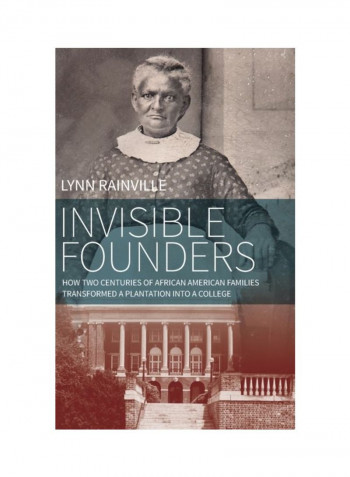More Than One Picture: An Art History Of The Hyperimage Paperback
Recommend
Sort by
Rating
Date
Specifications
Grade
New
Author 1
Felix Thürlemann
Book Description
In exhibitions, illustrated art books, and classrooms, artworks or their photographic reproductions are arranged as calculated ensembles that have their own importance. In this volume, Felix Thurlemann develops a theory of this type of image use, arguing that with each new gathering of images, an art object is reinterpreted. These hyperimages have played a major role in the history of art since the seventeenth century, and the main actors of the art world are all hyperimage creators. In part because the hyperimage is not permanently available, this interplay of images has been largely unexplored. Through case studies organized within three groups of producers-collectors and curators, art historians, and artists-Thurlemann proposes a theory of the hyperimage, explores the semiotic nature of this plural image use, and discusses the arrangement and interpretation of such pictures in order to illuminate the phenomenon of Western image culture from the beginning of the seventeenth century until today. His analysis of the ways in which images are assembled and associated provides a crucial context for the explosive present-day deployment of images on digital devices.
ISBN-13
9781606066256
Language
English
Publisher
Getty Trust Publications
Publication Date
26 Nov 2019
Number of Pages
240
About the Author
Felix Thurlemann is professor of art history at the University of Konstanz.
Editorial Review
"From triumphal arch to triptych to collector's cabinet to Bilderatlas, Felix Thürlemann's survey of multiple image displays provides an authoritative introduction to a central question in art history: how have collectors, curators, artists, and art historians deployed the array of multiple images to generate meaning? Rich in examples and sensitive to the different potentials of spectatorial experience, this book provides an excellent foundation for further exploration in the way images gather in constellations of genres, styles, and canons of value." --W. J. T. Mitchell, author of Iconology: Image, Text, Ideology and What Do Pictures Want? The Lives and Loves of Images



